Aloe Vera oil
Preparation time10 min
Waiting time3 days
Ready in3 days 10 m
Aloe Vera Oil - The Oil of Youth - A nourishing, regenerating and protective oil
Homemade Aloe Vera oil, obtained by cold maceration / transfer - called by some the oil of youth, is used both for external use in the care of damaged skin, affected by eczema, sunburn, dry skin, wrinkled, lacking elasticity as well as for internal use, generally for gastro-intestinal ailments.
Servings: 20 servings
We will obtain ~200 ml of aloe vera oil
Ingredients
Estimated cost: 1.0 €
Materials
- - glass container
- - knife
- - mixer / blender
Preparation
 We will use an aloe vera leaf from a plant with a maturity of at least 3 years.
We will use an aloe vera leaf from a plant with a maturity of at least 3 years.
This is washed well and dry or blackened slopes are removed.
An extra virgin olive oil is preferred which will basically be the base of our oil. Extract the pulp from the aloe vera leaf.
Extract the pulp from the aloe vera leaf.
- Cut the spiny sides of the leaf with a knife.
- Cut the aloe leaf into ~2 cm slices.
- We put the aloe slices in a bowl of water for 30 minutes, to eliminate the yellowish sap (latex), because some more sensitive people may have certain allergic conditions, abdominal discomfort from this sap.
- Remove the peel from the aloe vera slices with a knife (preferably ceramic) and thus obtain the pulp. We will cut the obtained aloe vera pulp into small cubes, which we put in a jar!
We will cut the obtained aloe vera pulp into small cubes, which we put in a jar! With the help of a mixer we turn the pulp into a gel. We also gently incorporate the oil, mixing until homogeneous.
With the help of a mixer we turn the pulp into a gel. We also gently incorporate the oil, mixing until homogeneous.- Optional step: the jar with the mixture of aloe and oil can be placed on a bain marie, on low heat for ~30 minutes, stirring continuously with a non-metallic spoon.
At the end, the oil will be filtered and stored in glass containers, hermetically sealed, in cool, airy places, protected from light (bulbs).
Certain nutrients from the plant are only extracted by thermal preparation and thus are transferred more easily into the oil used as a base, but there are also nutrients that are destroyed by thermal preparation (that is why the bain marie technique is used, on low heat). Preparation using bain marie also ensures a longer shelf life of the oil. However, it is recommended to use the oil within a maximum of 6 months.  We can skip the previous step, obtaining aloe oil by cold maceration / by transfer.
We can skip the previous step, obtaining aloe oil by cold maceration / by transfer.
We will close the jar with the formed mix and leave it to macerate between 3 and 7 days in a cooler, ventilated place and protected from light. After maceration, the oil can be filtered, a step that is not necessarily mandatory.
It must be stored in cool, ventilated places and protected from light.
If it is not filtered, it is good to keep it in the refrigerator, even if it will solidify due to the olive oil used as a base.
It is recommended to prepare small quantities, to be consumed in the shortest possible time, maximum 3 months.
Administration
It is a product that can be used as such, externally applied directly to the skin or in combination with other cosmetic products or internally.
Internal is recommended one tablespoon 3 times a day, before meals and is generally indicated for stomach problems.
External: used as such or in combination with other products, applied to the skin locally, masks or massage.
Internal is recommended one tablespoon 3 times a day, before meals and is generally indicated for stomach problems.
External: used as such or in combination with other products, applied to the skin locally, masks or massage.
Observations
In general, to make this aloe oil, the proportions are 50% aloe vera and 50% olive oil used as the base.
You can also use other oils or oil mixes as a base, such as: coconut oil, almond oil, avocado oil, jojoba oil, sunflower oil, linseed oil, grape seed oil, and so on
Storage method: should be stored in glass containers, in a cool, dry/ventilated place and away from light. It can also be stored in the refrigerator with the mention that it will solidify.
Validity: it is recommended to prepare small quantities and consume them in as short a time as possible up to 3 months.
To increase the validity of the oil, aloe vera leaves can first be dehydrated with the help of a dehydrator, at temperatures of 40 degrees C) or in the oven, at the lowest possible temperature. Thus we remove the water from the leaves and reduce the risk of mold formation when they are macerated in oil.
⚠ Using dehydrated aloe vera leaves will also increase the maceration time to ~ 3 weeks. The validity of the oil can thus reach up to 1 year, kept in optimal conditions.
You can also use other oils or oil mixes as a base, such as: coconut oil, almond oil, avocado oil, jojoba oil, sunflower oil, linseed oil, grape seed oil, and so on
Storage method: should be stored in glass containers, in a cool, dry/ventilated place and away from light. It can also be stored in the refrigerator with the mention that it will solidify.
Validity: it is recommended to prepare small quantities and consume them in as short a time as possible up to 3 months.
To increase the validity of the oil, aloe vera leaves can first be dehydrated with the help of a dehydrator, at temperatures of 40 degrees C) or in the oven, at the lowest possible temperature. Thus we remove the water from the leaves and reduce the risk of mold formation when they are macerated in oil.
⚠ Using dehydrated aloe vera leaves will also increase the maceration time to ~ 3 weeks. The validity of the oil can thus reach up to 1 year, kept in optimal conditions.
Effects and benefits
Aloe vera oil properties:
- anti-inflammatory;
- antioxidants;
- anti-bacterial;
- anti-fungal;
- anti-viral;
- moisturizers;
- sedatives;
- nutritious;
- regenerators;
- cicatrizing;
- emollients;
- anti-irritants;
- protectors;
External:
- favors collagen and elastin synthesis, increasing skin elasticity;
- reduces inflammation, irritations and other injuries;
- prevents premature aging of the skin;
- protects the skin from free radical damage;
- heals sunburns;
- fights infections, bacteria and fungi (fights herpes, candida, athlete's foot);
- prevents the development of bacterial dental plaque;
- helps to heal wounds (cuts, scratches) faster due to the cicatrizing effect;
- helps with itching, irritation, eczema, acne, psoriasis;
- helps in the case of insect bites;
- hydrates and soothes the skin;
- fights facial wrinkles;
- good for joint pain, inflammation, headache, stress (massage);
- nutritious for skin in hair;
- fights hair loss, split ends;
- good for dry scalp, hydrating it;
- nourishing, regenerating and protective of the skin tissue;
Internal:
- supports the digestive tract;
- good for stomach pains (1-3lgt/day on an empty stomach);
- calms the inflammation in the intestines;
- good in treating gastrointestinal disorders;
Side effects
- if the aloe leaf is full of latex (that yellowish sap) and has not been removed, then for certain people with sensitivity allergies or irritation may occur.
AnotherVideo
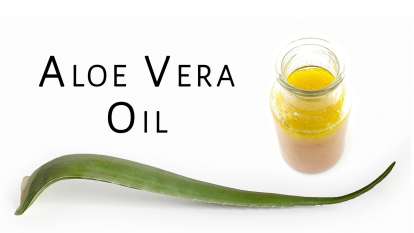

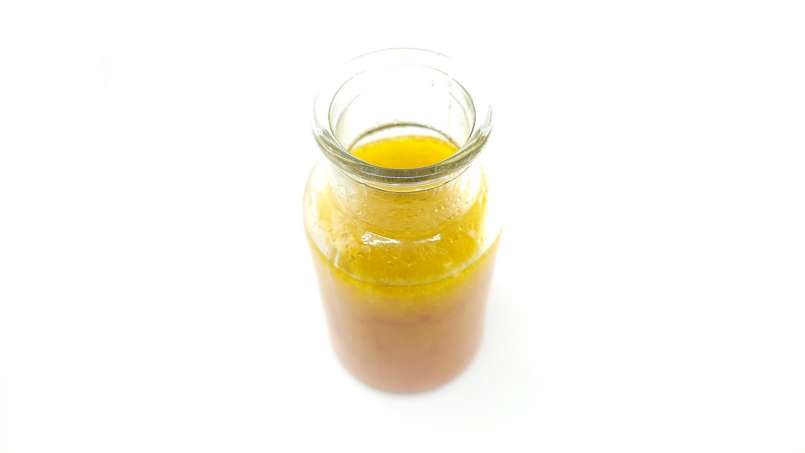
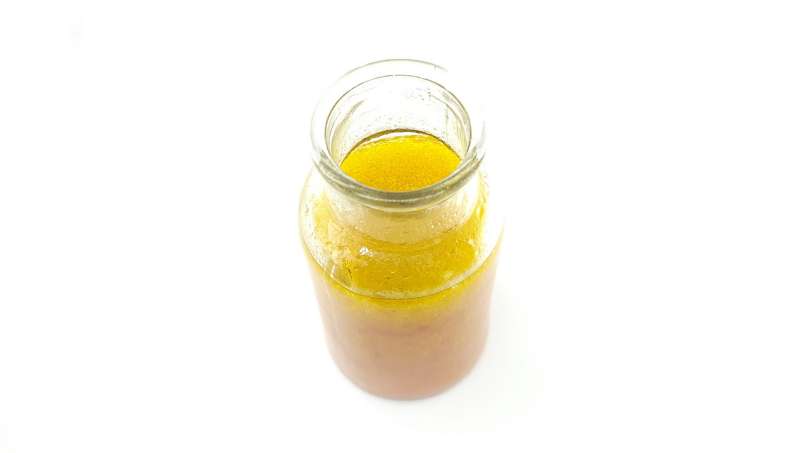
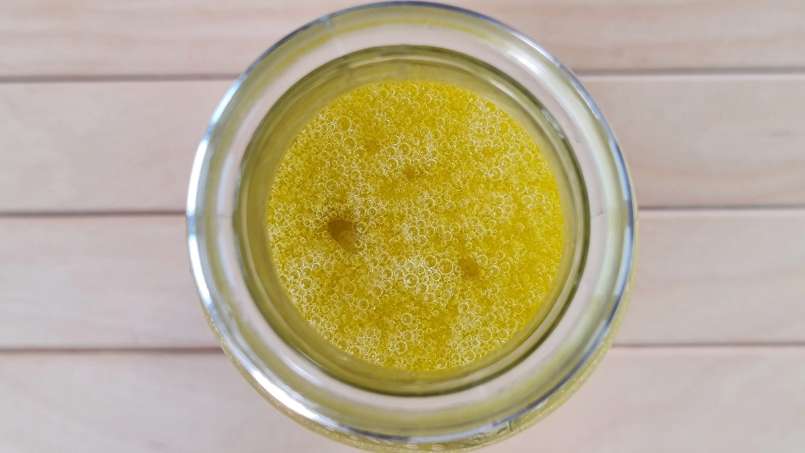
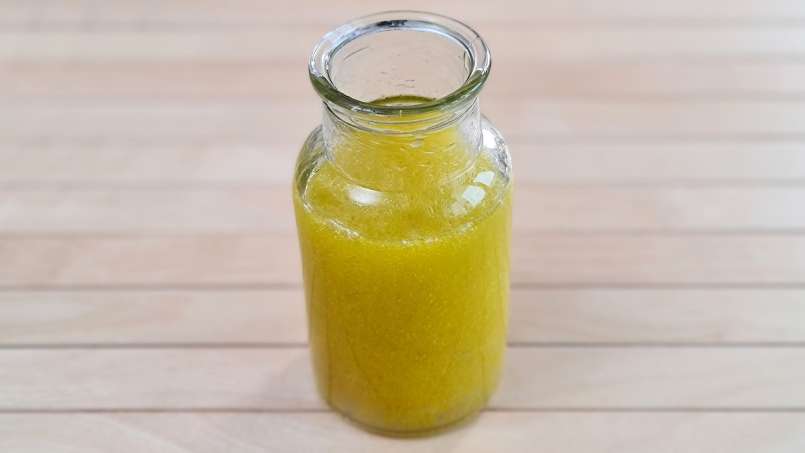

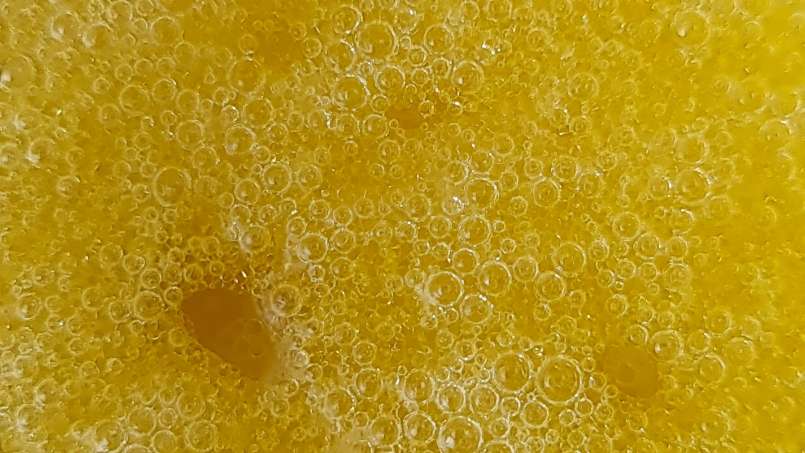
Comments